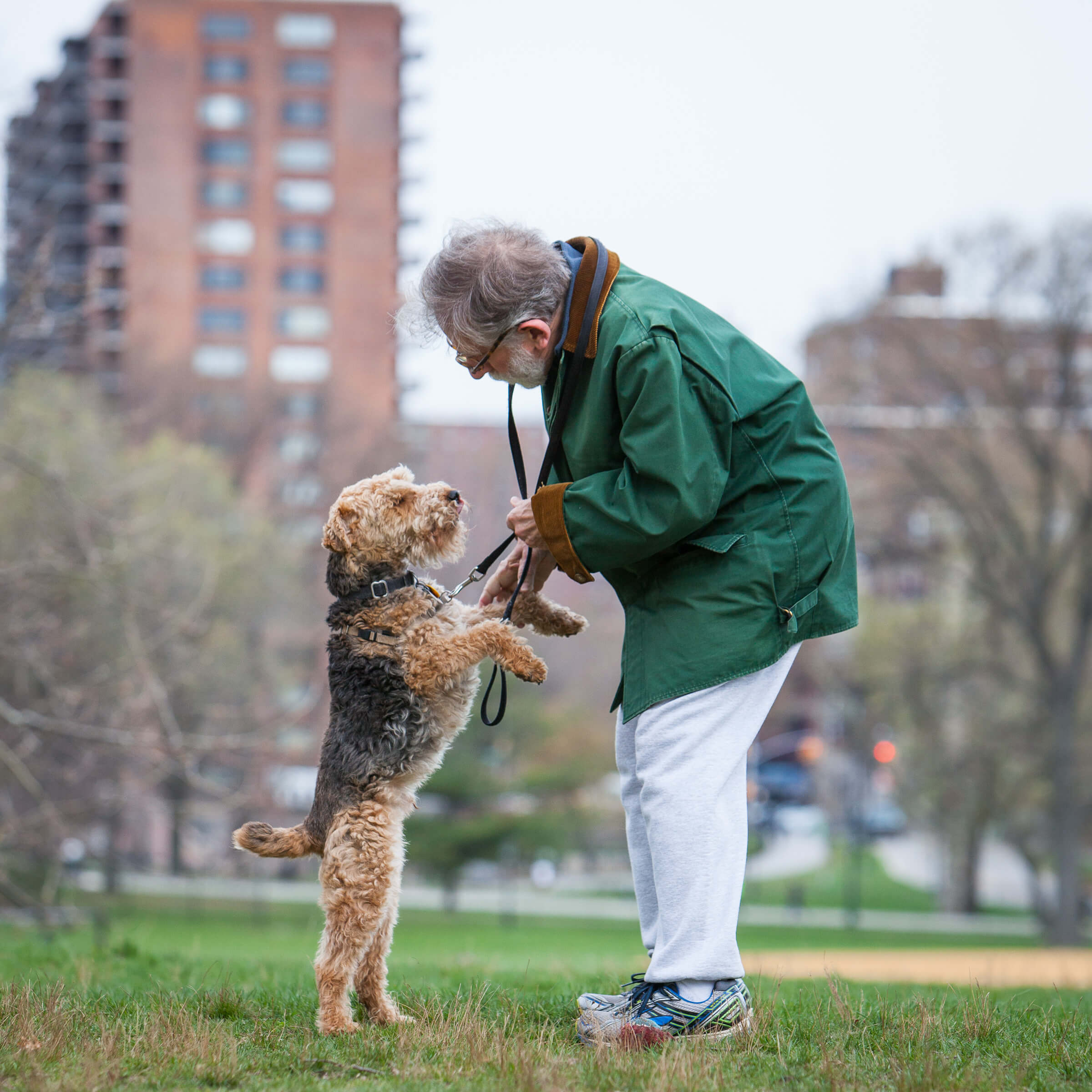
By Erin Wilson, DVM
As pet caretakers, we want our furry companions to be as healthy as possible. Unfortunately, however, dogs and cats—just like us—sometimes get sick. But since our pets can’t talk, how are we supposed to know when they need medical care? Look for these 8 signs.
Vomiting
Pretty much every dog or cat vomits at some point, often due to mild infection or to have eaten something that disagreed with them. Cats will often vomit to get rid of a hairball. If your pet vomits once but otherwise seems to be feeling good, there’s probably no cause for concern (everyone gets one free vomit, as I like to say). However, if your pet vomits multiple times, or if they are also lethargic, have stopped eating, or are having diarrhea, they should be seen by a veterinarian.
Diarrhea
Like vomiting, one episode of diarrhea in an otherwise healthy-seeming pet is usually nothing to worry about. But, as with vomiting, if there is concurrent lethargy, vomiting, or loss of appetite—or if there are multiple episodes of diarrhea—a trip to the doctor is in order.
Coughing
While dogs or cats may cough on occasion, coughing is generally not “normal” for them. Infections, allergies, heart disease, and asthma are some of the common reasons for a dog or cat to cough. Coughing should always be taken seriously and necessitates a consultation with your veterinarian.
Sneezing
Just like us, dogs and cats can sneeze for a variety of reasons. An occasional episode of sneezing is not typically caused for alarm. However, if the sneezing becomes persistent or relentless, or if there is nasal discharge, eye discharge, lethargy, or coughing, your pet should be evaluated by your veterinarian.
Eye Discharge
Discharge from one or both eyes often needs to be treated, especially if your pet is also squinting or rubbing their eyes. Infections, allergies, and corneal ulceration are common causes of runny eyes.
Drinking More and/or Urinating More
Medically referred to as polyuria and polydipsia (or “pu/pd”), increased water consumption and urination often indicate a serious underlying problem, such as diabetes, kidney disease, or a bladder infection. If your dog or cat is pu/pd, they need to be seen by your veterinarian.
Limping
Almost always, limping is a sign of pain. Many people think that if their dog or cat isn’t crying or whining, it isn’t painful. But nothing could be further from the truth! Most pets won’t vocalize when something hurts, so limping is their way of communicating that their leg is painful or uncomfortable. If your dog or cat limps for more than a day or so, call your veterinarian.
Itchiness
Just like us, dogs or cats can get an itch that they need to scratch. However, persistent scratching, licking, or chewing (especially of the legs and paws) is not normal and needs to be treated. Having your dog or cat wear an Elizabethan collar (i.e., the “cone of shame”) to prevent licking or chewing is not an acceptable treatment! Yes, the collar prevents your pet from self-traumatizing its skin, but it does nothing to alleviate the irritation or agony of continued itchiness. There are many causes of excessive itchiness—fleas, allergy, skin infections—and all of them can be treated effectively by your veterinarian.
As a pet caretaker, you are ultimately responsible for your pet’s health, so if you’re not sure if your pet should be seen by your veterinarian, give your vet a call. The veterinary staff is always happy to answer questions or try to offer guidance over the phone and can let you know if your pet needs to be examined. Just like you, we want your pet to be happy and healthy for a long, long time.
Keep up with all of Green Living’s content by visiting our website.
After graduating from UC Davis, Dr. Wilson completed a surgical residency at a specialty hospital in Los Angeles. During her time in private practice, she worked with many rescue groups, including Hope 4 Paws, which led her to move to New York City to become the medical director of the ASPCA. Dr. Wilson has since moved to Madison, Wisconsin, along with two horses, two dogs, a cat, and a menagerie of birds, squirrels, chipmunks, and rabbits she insists on feeding throughout the year.
Photos by Don Crossland









I like that you talked about how you need to see a veterinarian when your pet vomits multiple times, is lethargic, have stopped eating, or having a diarrhea. We’ve been observing our pet do for a few days now and he seems to showing signs of being ill. It wouldn’t be good to just leave it be so we should definitely bring him to a veterinarian.